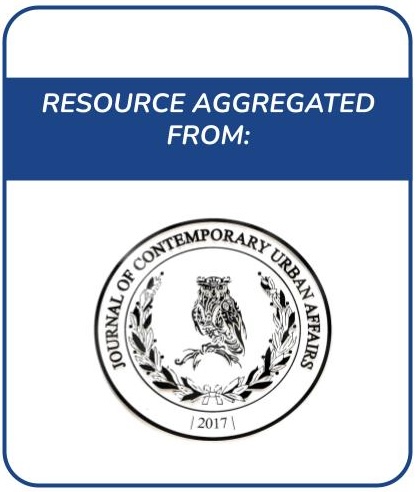Resource information
Revitalization is an important process in action area planning especially in the heritage sites located within urban area contexts Varied techniques and tools of revitalization are applied at various spatial levels some are suitable for the urban scope and others suit the architectural building scope Urban DNA is a term used academically to reflect social economic and urban characteristics but has a different interpretation that depends on the spatial scale and context In action areas urban DNA refers to the essential visual social economic and physical characteristics that preserve the vital structure of an urban area Heritage areas are vital in a city structure in the journey of maximizing the urban DNA chrematistics of heritage sites sometimes the urban DNA is lost in the process This paper identifies and encapsulates the importance of Urban DNA in heritage site considerations in the revitalization process within heritage urban context to maximize the socioeconomic and visual impacts especially in declined cities such as Foah City the case study in the Nile Delta region in Egypt The results pinpoint the most effective urban DNA structure for the declined Foah Heritage Center despite the citys importance as a ranked third of heritage cities in the country


